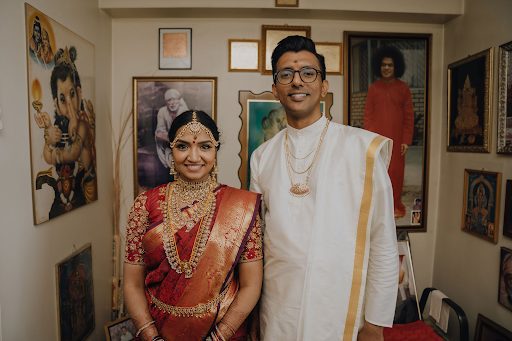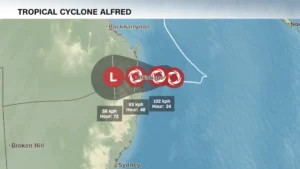In the ever-evolving landscape of visual storytelling, the demand for high-quality videography has reached new heights, and at the forefront of this revolution is the 4K videographer. The transition from standard definition to high definition was groundbreaking, but the emergence of 4K has ushered in a new era of unparalleled clarity and cinematic excellence. In this post, we will explore the world of 4K videography, understanding its significance, the skills required, and its transformative impact on capturing moments with breathtaking precision.
What is 4K Videography?
4K refers to a resolution of approximately 4,000 pixels on the horizontal axis, providing four times the clarity of traditional 1080p HD. A 4K videographer specializes in creating video content with this ultra-high definition resolution, resulting in incredibly sharp, detailed, and visually immersive videos. This level of clarity is particularly noticeable on larger screens, making it an ideal choice for cinematic productions, events, and immersive storytelling.
Unparalleled Clarity and Detail
The primary allure of 4K videography lies in its ability to capture images with unparalleled clarity and detail. Every frame becomes a canvas of rich, lifelike colours and textures, allowing the viewer to experience the scene in a way that transcends traditional videography. From the subtle nuances of facial expressions to the intricate details of a landscape, 4K videography elevates the visual storytelling experience to new heights.
Cinematic Excellence
4K videography is synonymous with cinematic excellence. The increased resolution and dynamic range allow videographers to create visuals that mirror the quality of major motion pictures. The depth of field, colour grading, and overall cinematic aesthetics achievable with 4K contribute to a viewing experience that is not just immersive but also evocative and emotionally resonant.
Flexible Editing and Cropping
One of the advantages of shooting in 4K is the flexibility it offers in post-production. The high resolution provides ample room for editing, cropping, and zooming without sacrificing image quality. This flexibility is particularly valuable for videographers during editing, allowing them to refine and enhance the visual narrative.
Enhanced Viewing Experience
With the proliferation of 4K-capable screens and devices, audiences are increasingly expecting content that maximizes the capabilities of their displays. A 4K videographer caters to this demand, ensuring their content is optimized for a breathtaking viewing experience. Whether it’s a promotional video, a documentary, or an Indian wedding videographers film, the enhanced visual quality of 4K captivates audiences and leaves a lasting impression.
Technical Expertise
Becoming a proficient 4K videographer requires a deep understanding of the technical aspects of videography. This includes knowledge of advanced camera systems, lens selection, lighting techniques, and post-production processes. The ability to harness the full potential of 4K resolution demands technical expertise and a commitment to staying abreast of technological advancements.
Investment in Equipment
Achieving the pinnacle of 4K videography necessitates an investment in cutting-edge equipment. This includes high-resolution cameras, professional-grade lenses, and other accessories that complement the videographer’s creative vision. A commitment to top-tier equipment is emblematic of a 4K videographer’s dedication to delivering uncompromising visual quality.
Stunning Slow Motion and Time-Lapse
Beyond the sheer resolution, 4K videography captures stunning slow-motion and time-lapse footage. The abundance of pixels allows for smooth, detailed, slow-motion sequences and visually striking time-lapse compositions. This capability adds an extra layer of artistry to the videographer’s toolkit, enabling the creation of visually captivating moments.
Future-Proofing Content
As technology advances, content created in 4K is future-proofed to a certain extent. With the increasing prevalence of 4K-capable devices and platforms, content produced in this resolution remains relevant and compatible with evolving viewing standards. This longevity is a strategic consideration for videographers aiming to create content with enduring value.
Conclusion
The role of a 4K videographer extends beyond mere recording – it is an art form that captures moments with unparalleled clarity and cinematic brilliance. The dedication to mastering the technical intricacies, investing in state-of-the-art equipment, and delivering an immersive viewing experience sets 4K videography apart as a transformative force in visual storytelling.







